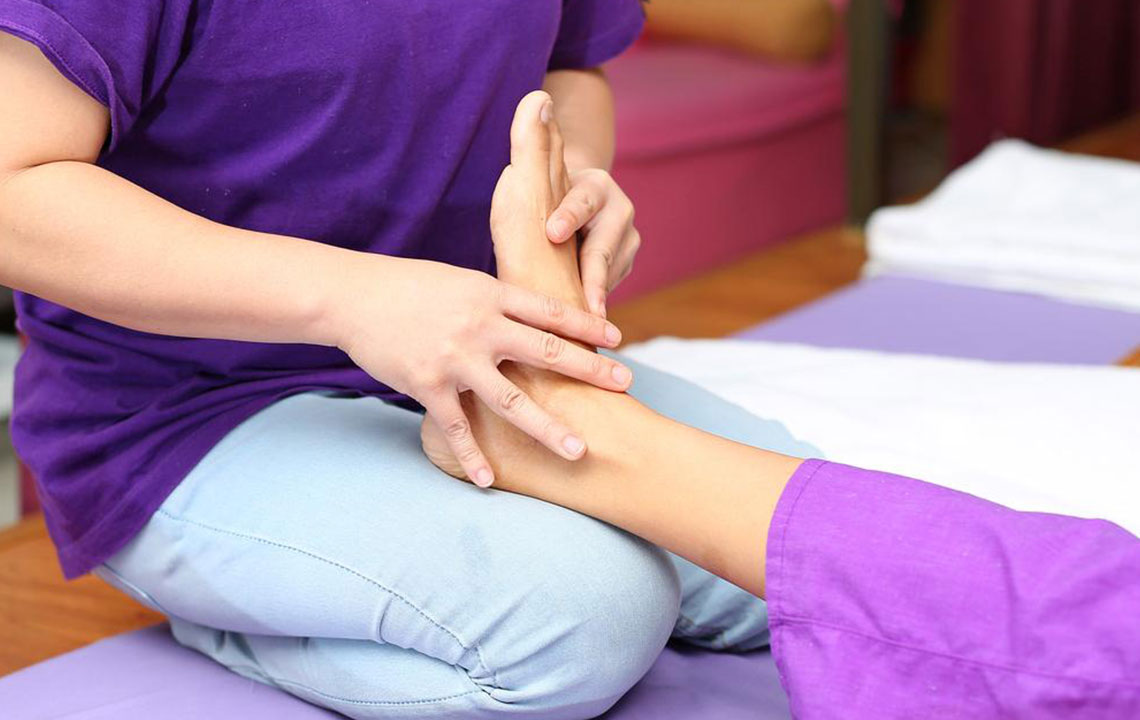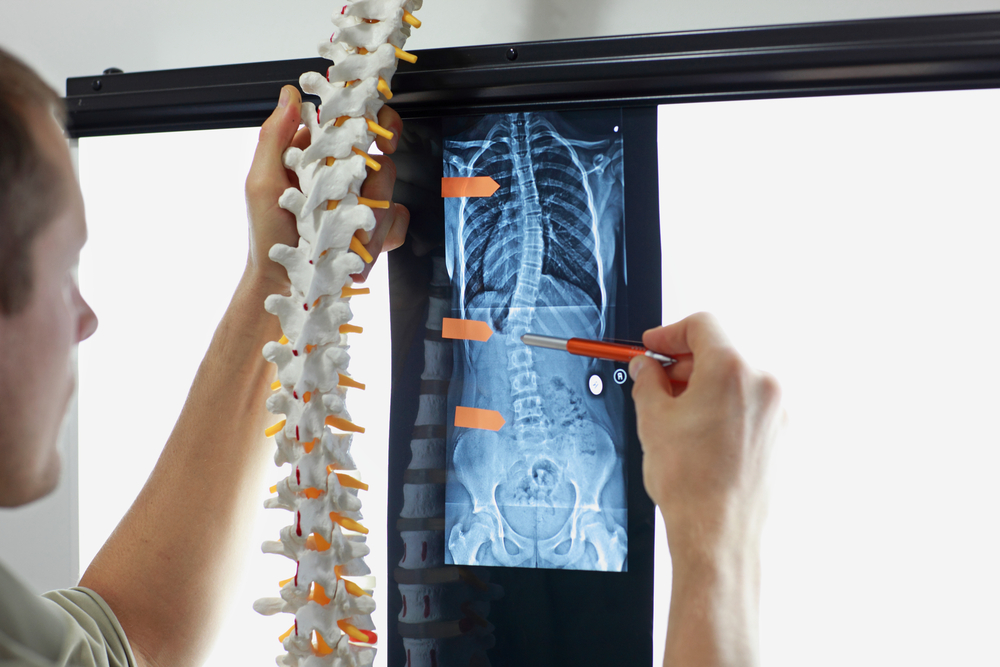Effective Strategies for Managing Herniated Disc Pain
Discover effective methods for treating herniated discs, including physical therapy, medications, and lifestyle adjustments. Early diagnosis and personalized treatment are key to managing pain and preventing complications. Always consult a healthcare professional for tailored advice and proper care strategies.

Effective Strategies for Managing Herniated Disc Pain
A herniated disc, often called a slipped disc, is a common spinal condition that impacts the backbone. It occurs when the outer layer of a disc tears, allowing the softer interior to bulge out. This typically happens between the lumbar vertebrae in the lower back, where discs cushion the vertebrae and facilitate movement. As the soft core protrudes through the outer ring, it can press against nerve roots, causing pain and discomfort.
Factors like aging and injuries weaken spinal discs. When the central part pushes through the outer layer, it applies pressure on surrounding nerves, resulting in symptoms such as pain and sciatica. To prevent further issues, avoid heavy lifting and awkward twisting motions. Immediate medical attention is necessary if pain radiates down limbs or if sciatica develops.
Diagnostic tools like MRI scans help confirm disc herniation. The primary goal is to alleviate pain and manage symptoms effectively. Treatment plans are personalized, based on pain location, severity, and associated signs. Prompt intervention is essential for optimal recovery. Treatments include physical therapy, medications, and lifestyle modifications.
Therapeutic options include:
Physical therapy: crucial for recovery, involving aerobic exercises like walking or cycling, stretching, ultrasound, heat and cold therapy, hydrotherapy, and TENS to stimulate muscles and alleviate pain.
Rest: brief periods of bed rest help reduce pain, but prolonged inactivity can stiffen muscles—continuous movement is recommended to stay limber.
Medications: over-the-counter pain relievers decrease inflammation, but should be used cautiously. Consult a doctor before long-term use to avoid side effects like heart issues or bleeding. Stronger options, including muscle relaxants and nerve pain medications, may be prescribed if necessary.
Important Note: The advice provided on this platform is for informational purposes only and should not replace professional medical consultation. Always seek medical guidance before starting any treatment plan to ensure safety and effectiveness.










